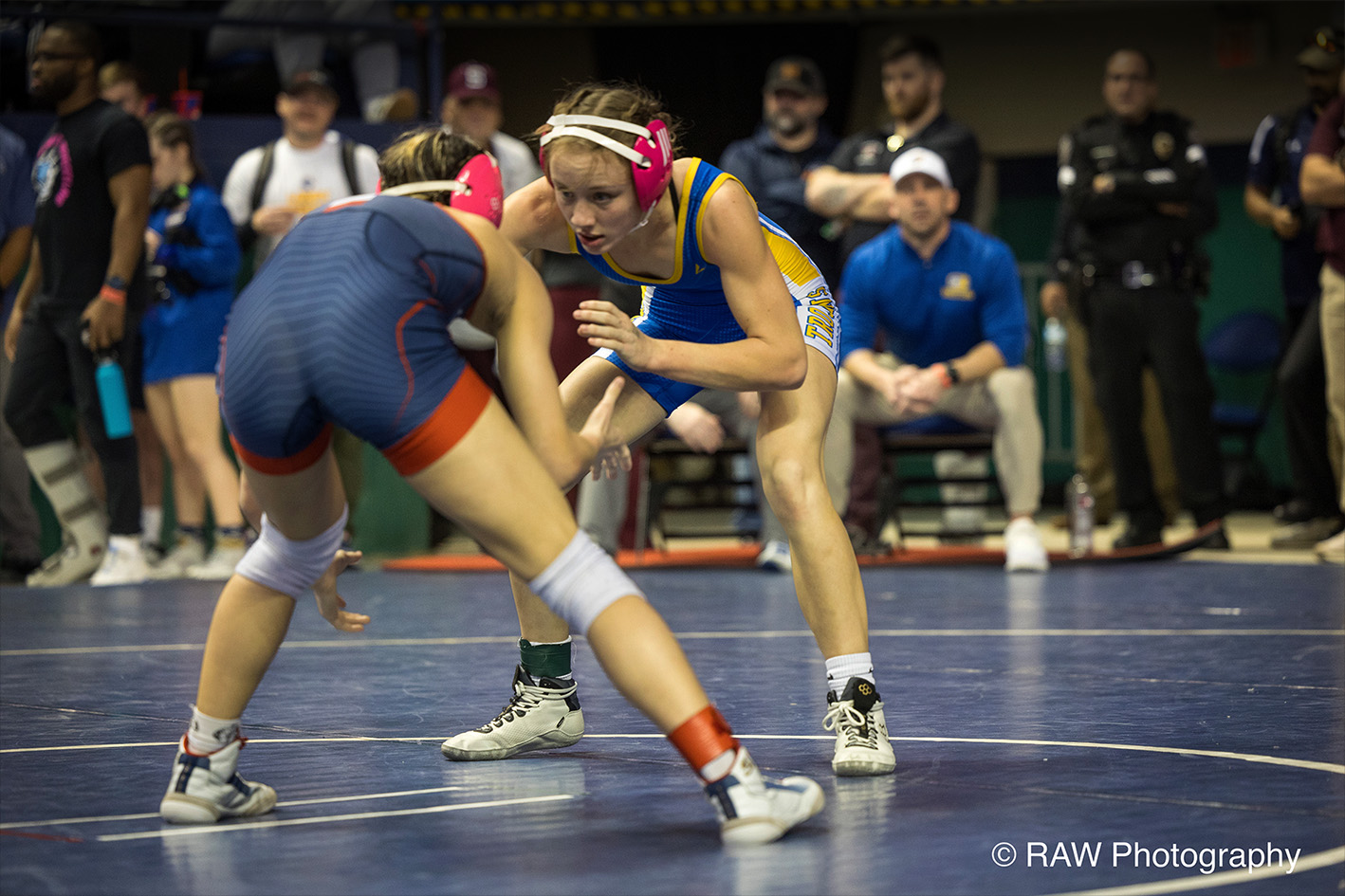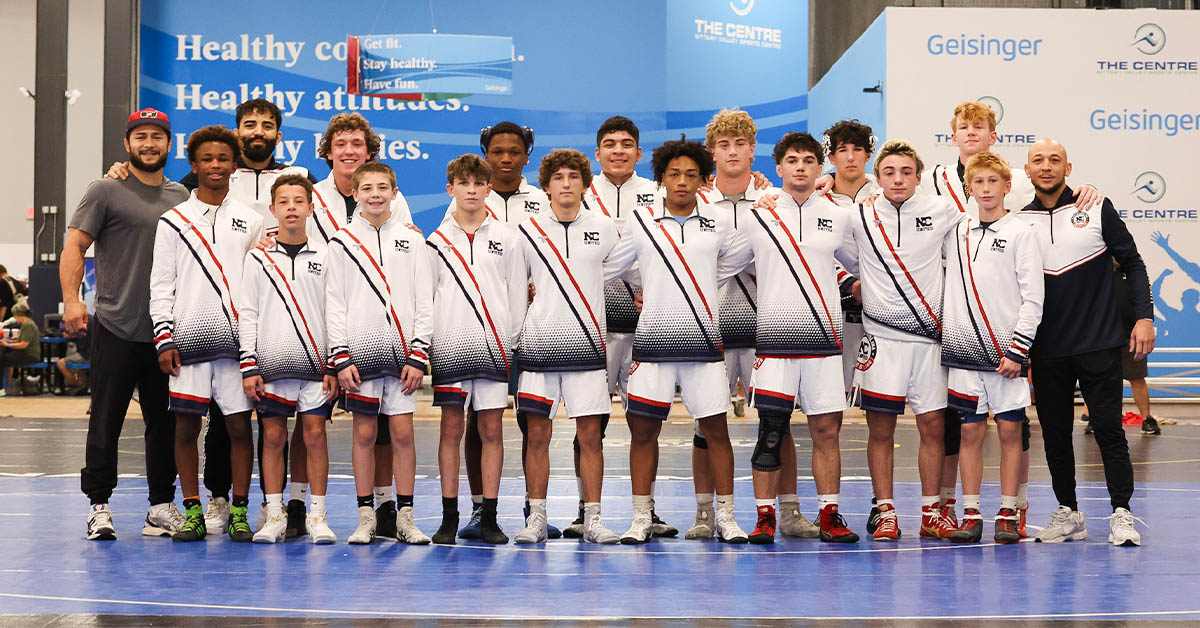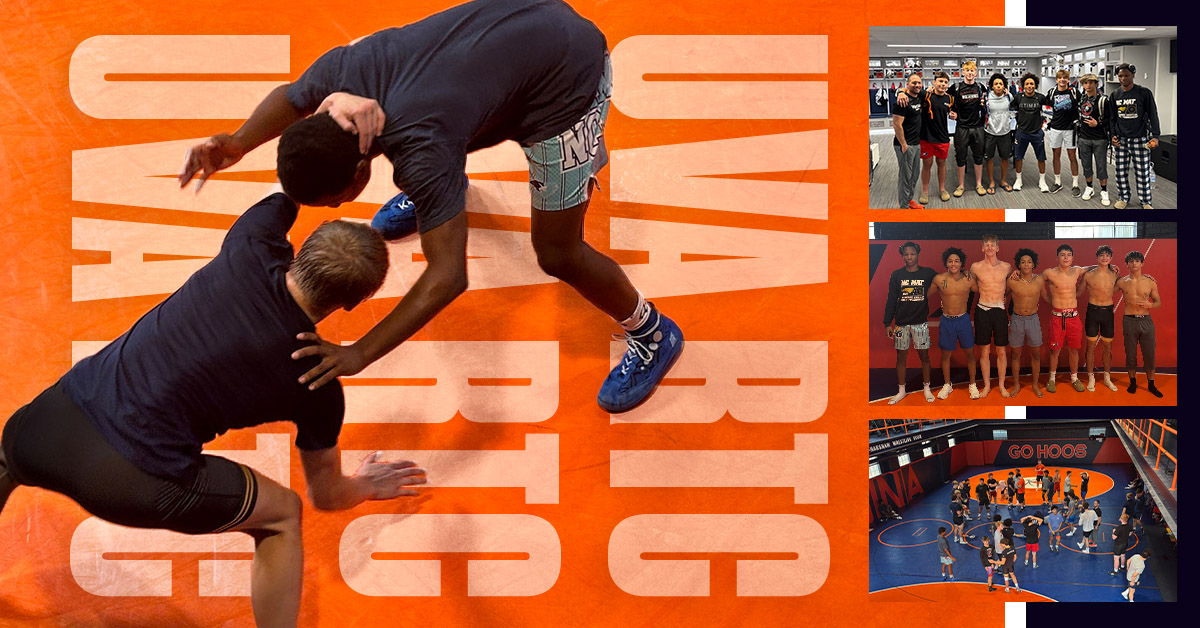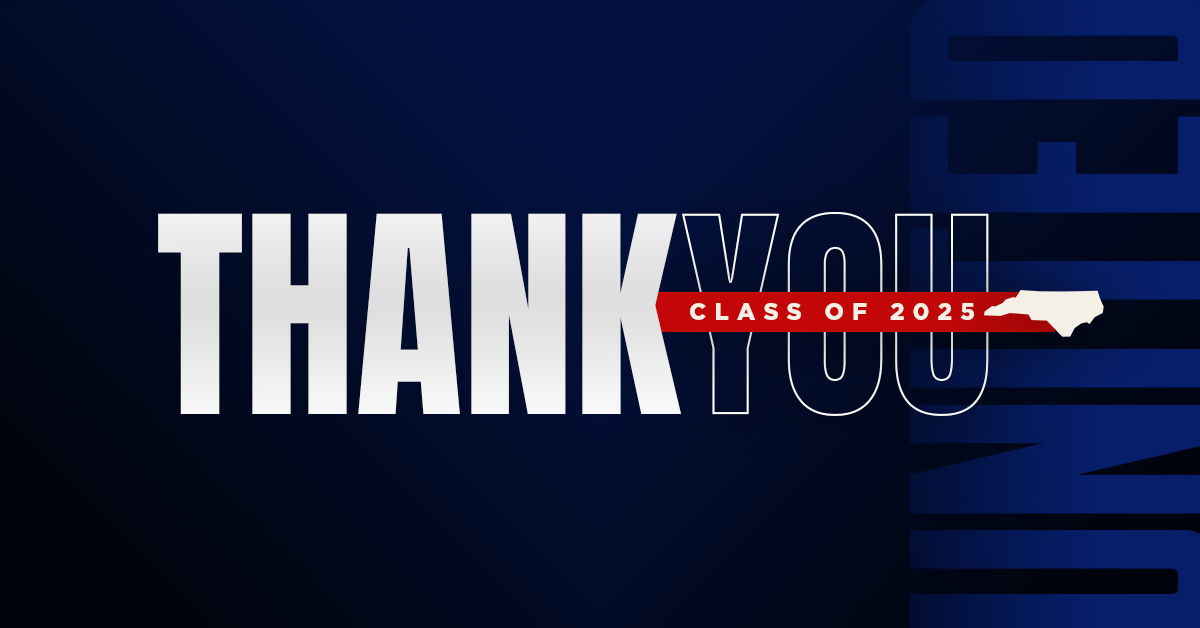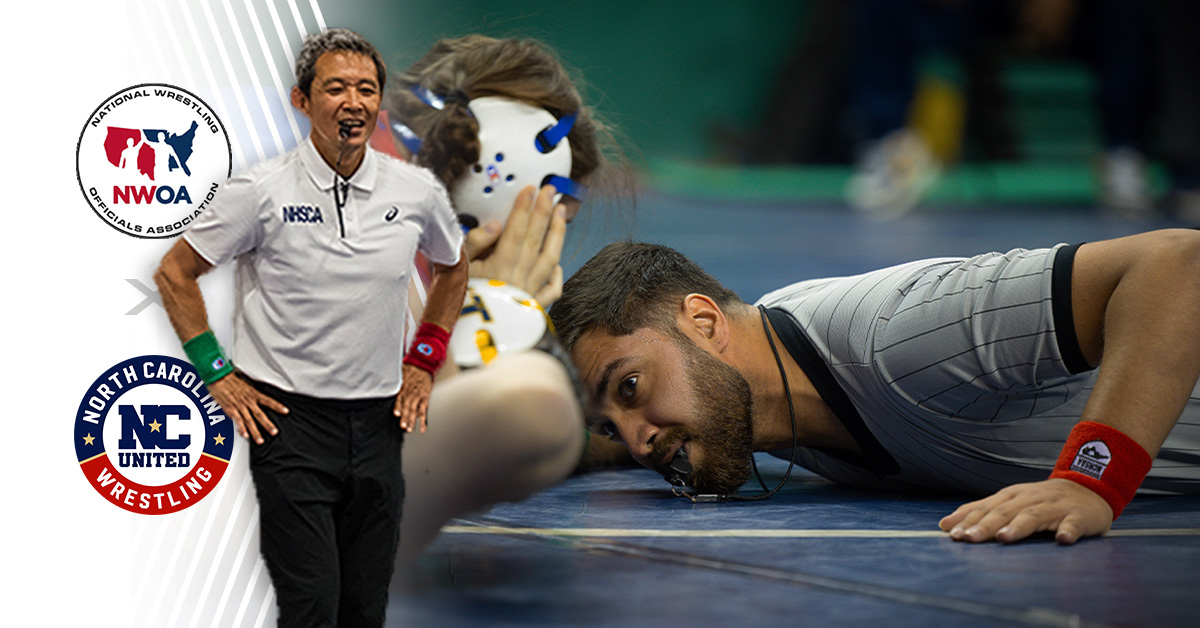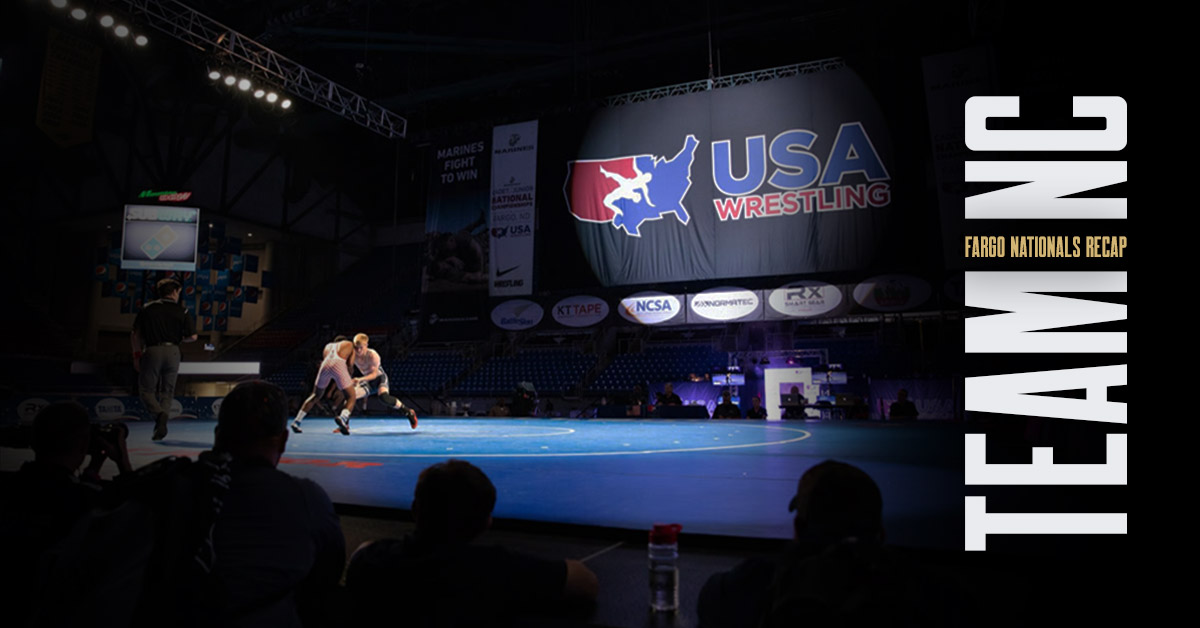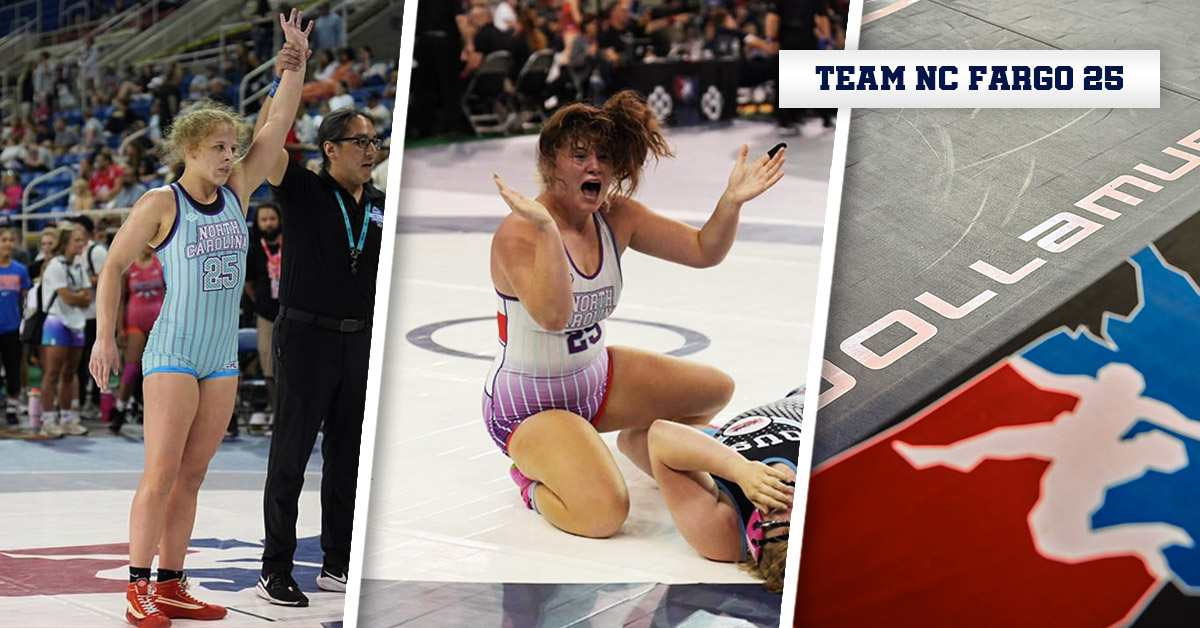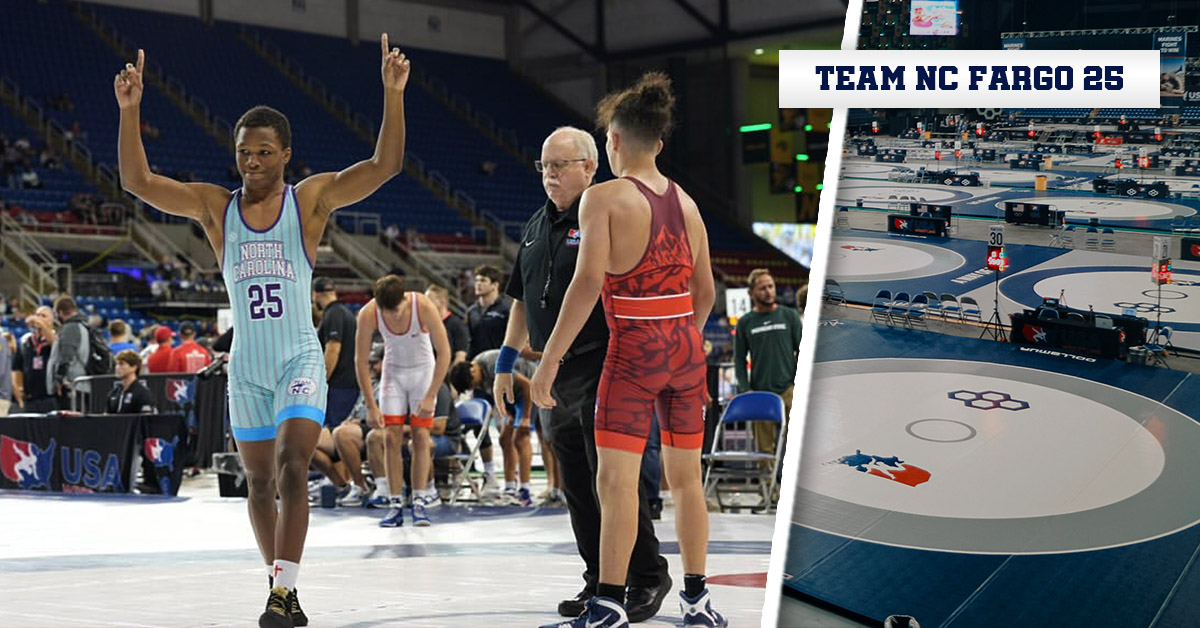As we approach the 2024-25 high school wrestling season, it’s important for parents, coaches, and fans to understand the essential role of the referee. The referee is responsible for ensuring the match is conducted fairly and safely, enforcing rules, and making quick, accurate decisions on the mat. For newcomers and even seasoned spectators, wrestling rules can seem complex, but having a good grasp of what referees are looking for can enhance the viewing experience and deepen your appreciation of the sport.
The Role of the Referee in High School Wrestling
A wrestling referee’s primary job is to enforce the rules of the match, ensure safety, and maintain the integrity of the competition. Referees must remain impartial while quickly and decisively making calls that can impact the outcome of a match. In a fast-paced sport like wrestling, their role is critical in managing not just the flow of the match, but also the safety of the athletes.
- Start and Stop the Match: Referees begin and end matches, as well as stop and restart matches when necessary, such as when wrestlers go out of bounds or a penalty is called.
- Monitor Inbounds and Out-of-Bounds Calls: Referees ensure the match stays within the designated wrestling area, and that action is halted if both wrestlers leave the mat.
- Award Points: Referees track and award points for legal moves, like takedowns and escapes.
- Call Penalties: Referees identify and penalize illegal moves or unsportsmanlike conduct.
- Ensure Safety: Referees stop the match if they detect potential injuries or dangerous situations.
Key Wrestling Rules Referees Enforce
There are several fundamental rules that referees enforce during a match. Understanding these rules can help parents and fans better follow the action and appreciate the decisions being made on the mat.
Takedown (3 Points)
One of the primary ways to score points in wrestling is by executing a takedown—bringing your opponent down to the mat and establishing control.
- What the referee looks for: The referee awards points when one wrestler controls their opponent on the mat from a standing position. The wrestler must establish control, meaning their opponent is not just on the mat but also effectively held in a position where escape is difficult.
Escape (1 Point)
An escape is when a wrestler moves from a position of being controlled by their opponent back to a neutral position.
- What the referee looks for: If a wrestler successfully breaks free from their opponent’s control and returns to a neutral standing position, the referee awards 1 point.
Reversal (2 Points)
A reversal occurs when the wrestler in the defensive position turns the tables and gains control of the opponent.
- What the referee looks for: If a wrestler goes from being on the bottom (defensive position) to controlling their opponent from the top, the referee awards 2 points.
Near-Fall (2-4 Points)
When a wrestler places their opponent in a dangerous position (on their back), but the pin is not completed, this is called a near-fall.
- What the referee looks for: The referee closely monitors the position of both wrestlers. If the defensive wrestler’s shoulders are held at a 45-degree angle to the mat, the referee will start counting. Points are awarded based on how long the near-fall position is held:
- 2 points for holding for 2 seconds.
- 3 points for 3 seconds.
- 4 points for 4 or more seconds.
Stalling (Warning and Penalty Points)
Stalling occurs when a wrestler is not actively trying to improve their position or make an effort to score points.
- What the referee looks for: Referees will issue a warning if they detect that a wrestler is avoiding action or consistently backing away from their opponent. Continued stalling leads to penalty points for the opposing wrestler. This can happen to both the wrestler in the top or bottom position, and it’s important for both wrestlers to remain aggressive throughout the match.
Illegal Holds and Moves (Penalty Points)
Some moves are considered illegal and can lead to penalties or disqualification if executed improperly. Common illegal moves include:
- Full Nelson.
- Headlocks without an arm encircled.
- Grabbing or twisting small joints (fingers or toes).
- Choking or any other hold that jeopardizes the opponent’s safety.
- What the referee looks for: The referee is vigilant in identifying potentially dangerous holds. If an illegal move is executed, the referee will immediately stop the match, issue a warning, or award penalty points to the other wrestler.
Out of Bounds (Restart the Match)
In wrestling, if both wrestlers go out of bounds, the match is temporarily halted and restarted in the center of the mat.
- What the referee looks for: The referee will stop the match when both wrestlers have all body parts outside the boundary line. This ensures that the match stays within the designated area, preventing any unsafe situations from occurring off the mat.
Common Penalties Referees Enforce
Wrestling penalties generally result in points being awarded to the opponent. Here are the common infractions referees look out for:
- Stalling: As mentioned, repeated failure to engage actively in the match results in penalty points for the opposing wrestler.
- Illegal Holds: Using dangerous or prohibited moves results in penalty points and potential disqualification if repeated.
- Unsportsmanlike Conduct: Any behavior that shows disrespect toward an opponent or official, such as taunting or arguing with the referee, can lead to penalties or disqualification.
Key Hand Signals to Watch For
Referees use a variety of hand signals to communicate their decisions. Here are a few important ones:
- Awarding Points: The referee will raise their arm and display the number of fingers corresponding to the points awarded.
- Stalling Warning: The referee will make a circular motion with their hand.
- Illegal Move: The referee will raise their arm and point with one finger to signal a penalty for an illegal move.
- Out of Bounds: The referee will sweep their arms outward to signal a stoppage due to out-of-bounds.
Tips for Understanding Referee Decisions
- Watch the Wrestlers’ Position: Many referee calls, such as takedowns or near-falls, are based on one wrestler gaining control over another. Keep an eye on who has the dominant position to anticipate point awards.
- Follow the Referee’s Hand Signals: Referees use specific hand signals to indicate their decisions, making it easier for spectators to follow the match.
- Understand the Basics of Scoring: Knowing how points are scored for takedowns, escapes, and reversals will help you stay engaged with the match and better understand the flow of competition.
Final Thoughts
The referee plays an indispensable role in ensuring the fairness and safety of high school wrestling matches. By understanding the key rules and what referees look for, parents, coaches, and fans can gain a deeper appreciation for the sport. Knowing the common penalties and understanding the referee’s hand signals will also help you follow along more closely and enjoy the competitive excitement on the mat.
Stay tuned to Inside NC United for more resources and updates throughout the 2024-25 season!

